Introduction
The COVID-19 pandemic, caused by the SARS-CoV-2 virus, has reshaped the world as we know it, posing an unprecedented challenge to public health, economies, and social structures. This essay aims to provide an overview of the COVID-19 pandemic's global impact, highlighting its transmission dynamics, the socioeconomic consequences, and the measures taken by governments and international organizations to mitigate its effects.
Transmission Dynamics and Early Outbreak
The initial outbreak of COVID-19 was reported in December 2019 in Wuhan, China. The virus, a member of the coronavirus family, spread rapidly through human-to-human contact, primarily via respiratory droplets. Its high contagiousness and the ability to transmit asymptomatically contributed to its exponential growth, making it a global health emergency by February 2020. The World Health Organization (WHO) declared COVID-19 a pandemic on March 11, 2020, marking the beginning of a worldwide response.
Global Impact on Health Systems
The pandemic has overwhelmed healthcare systems in many countries, leading to a surge in hospital admissions, intensive care unit occupancy, and deaths. The lack of preparedness for such a large-scale outbreak exposed vulnerabilities in healthcare infrastructure, testing capacity, and personal protective equipment (PPE) supplies. Countries with weaker health systems have been particularly affected, resulting in higher mortality rates and slower recovery times.
Socioeconomic Consequences
The economic fallout of the pandemic has been profound. Businesses have been forced to close or operate with reduced capacity, leading to job losses on a massive scale. The International Labour Organization estimates that 25 million jobs were lost globally in the first quarter of 2020 alone. The informal sector, which employs a significant portion of the global workforce, has been hit particularly hard, with many small businesses and self-employed individuals struggling to survive.
The pandemic has also had a significant impact on education, with schools and universities closing their doors to prevent the spread of the virus. Online learning became the norm for millions of students worldwide, though it has exposed inequalities in access to technology and internet connectivity. The disruption to education has long-term implications for individuals' life prospects and societal development.
Government Responses and International Cooperation
In response to the pandemic, governments have implemented various measures to slow the spread of the virus and support their populations. These include lockdowns or stay-at-home orders, travel bans, and the enforcement of social distancing measures. Financial stimulus packages have been introduced to cushion the economic impact on individuals and businesses, while vaccination campaigns have been rolled out to protect populations from severe illness.
International cooperation has been crucial in the fight against COVID-19. The WHO has coordinated global efforts, sharing information on the virus's characteristics, best practices for containment, and vaccine distribution. The COVAX facility was established to ensure equitable access to COVID-19 vaccines for all countries, addressing concerns about vaccine nationalism. Additionally, international aid organizations have provided support to countries with limited resources for managing the pandemic.
Science and Technology in the Fight Against COVID-19
Science and technology have played a pivotal role in our understanding of COVID-19 and its management. Rapid genomic sequencing has helped track the virus's evolution and spread, while research into treatments and vaccines has accelerated at an unprecedented pace. Several vaccines have been developed and approved for use within a year of the pandemic's declaration, demonstrating the power of scientific collaboration in addressing global health threats. Digital tools such as contact tracing apps have also been employed to contain outbreaks efficiently while respecting privacy.
Conclusion
The COVID-19 pandemic has underscored the interconnectedness of our world and the need for global cooperation in addressing health crises. While the immediate threat of the virus may be mitigated through vaccination and improved public health measures, its long-term impacts on economies, societies, and individual lives will require sustained efforts at recovery and resilience building. As we move towards a post-pandemic era, it is crucial that we learn from this experience, investing in public health infrastructure, promoting digital equity, and fostering international cooperation to better prepare for future health emergencies. The COVID-19 pandemic serves as a stark reminder that we are all in this together and that our collective actions today can ensure a safer tomorrow for generations to come.
转载请注明来自爬爬百科,本文标题:《全球疫情下的挑战与应对,新冠疫情的全球影响与策略分析》


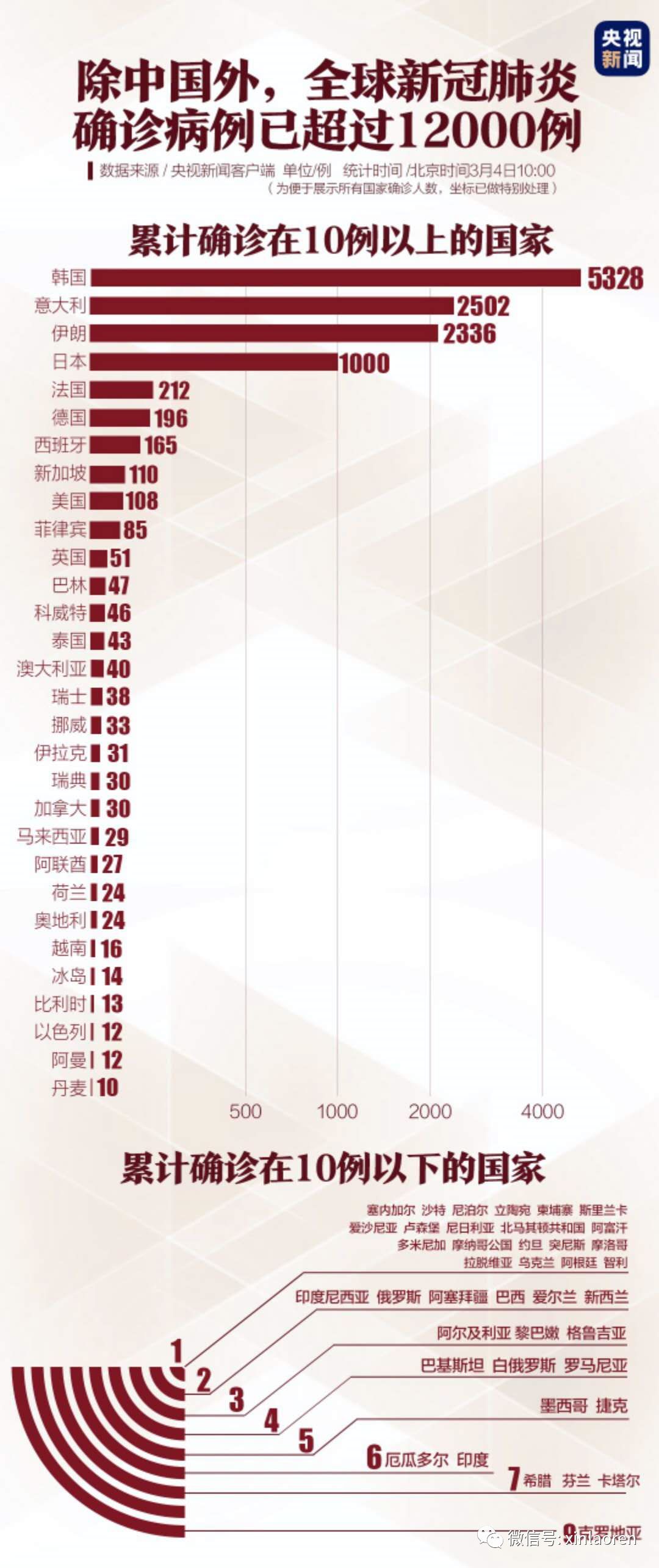

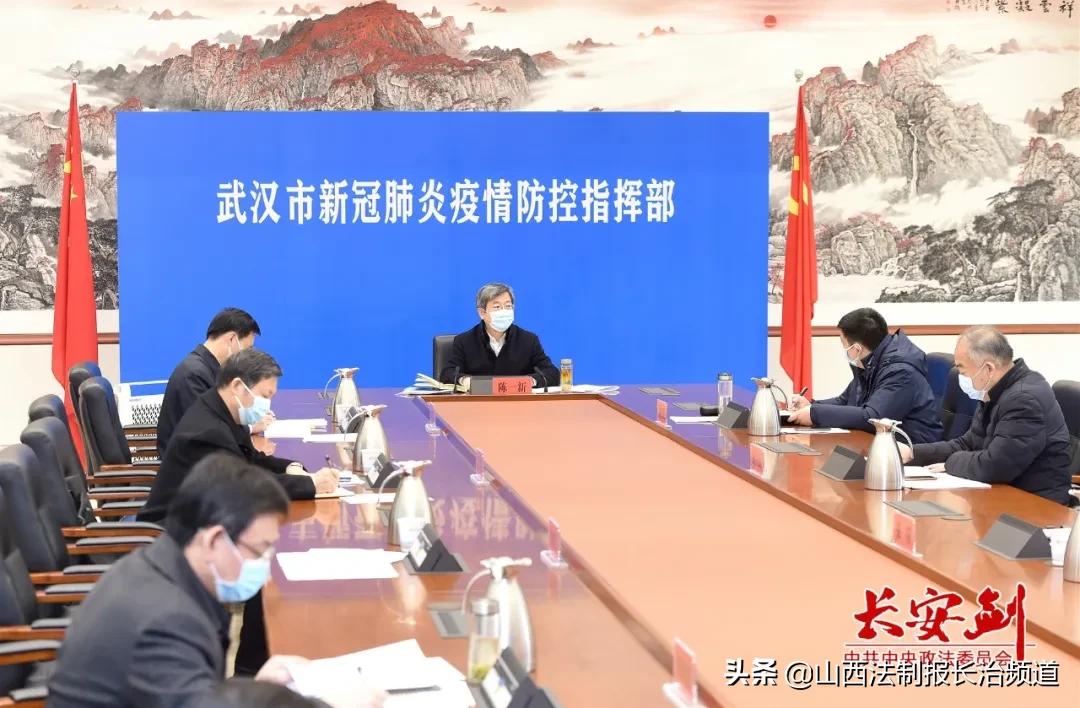


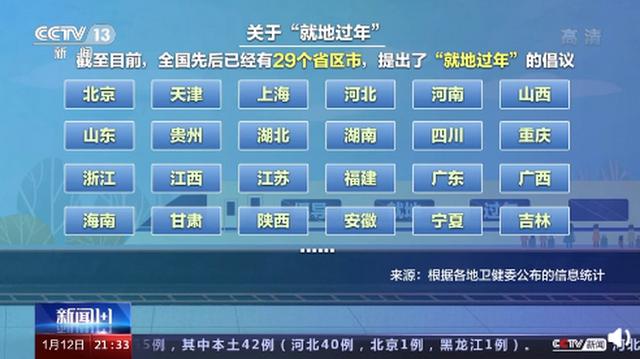
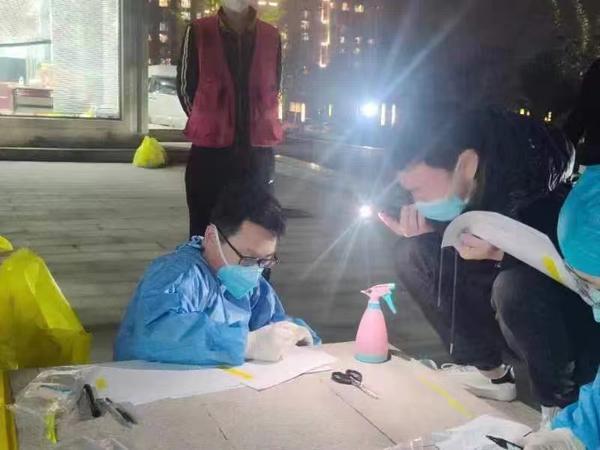
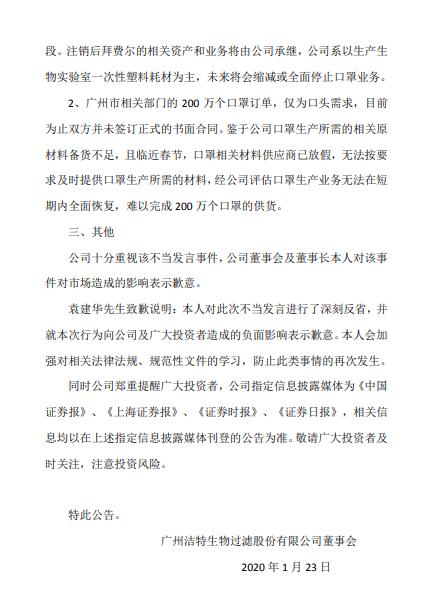

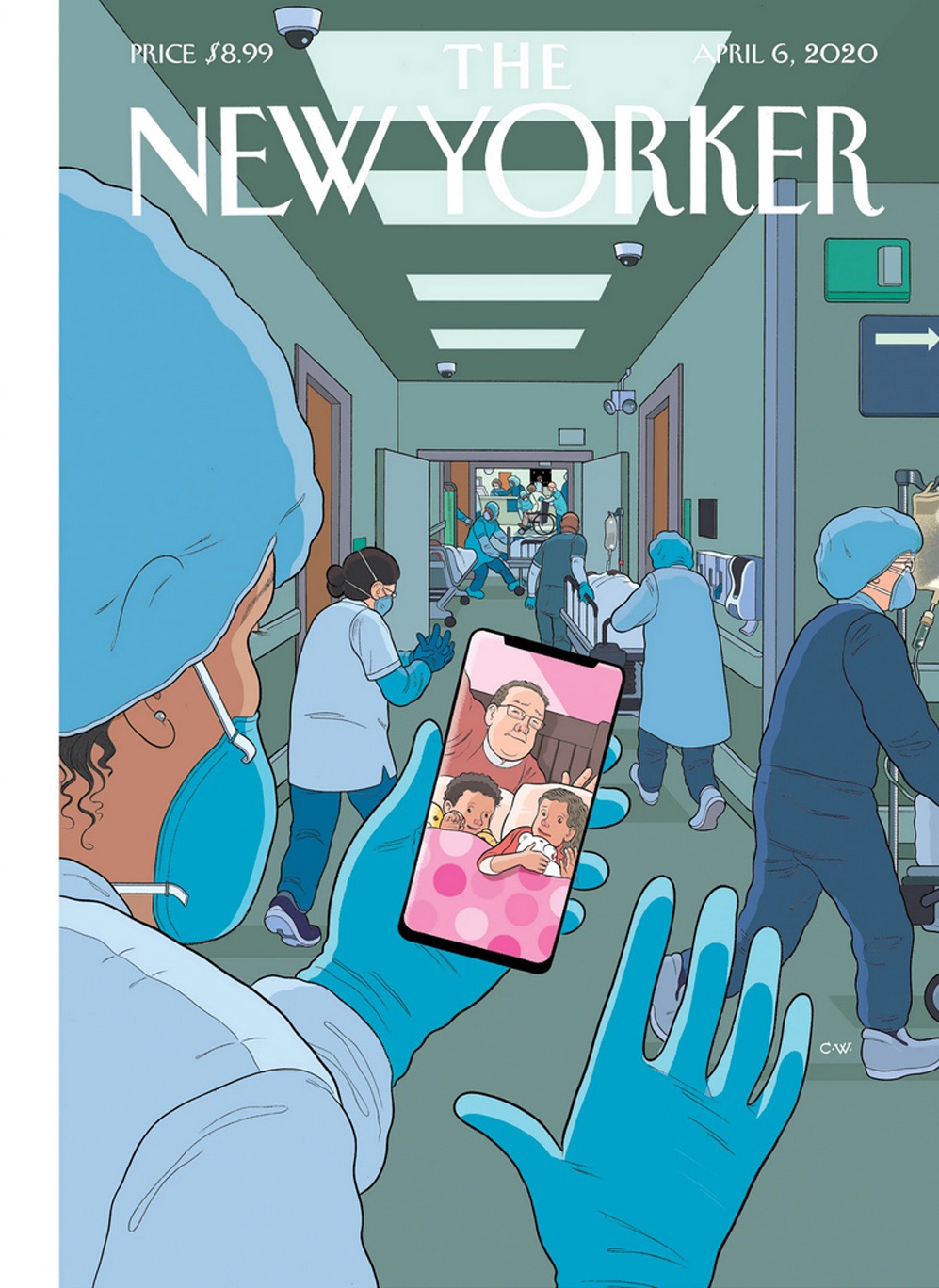
 京ICP备11000001号
京ICP备11000001号
发表评论